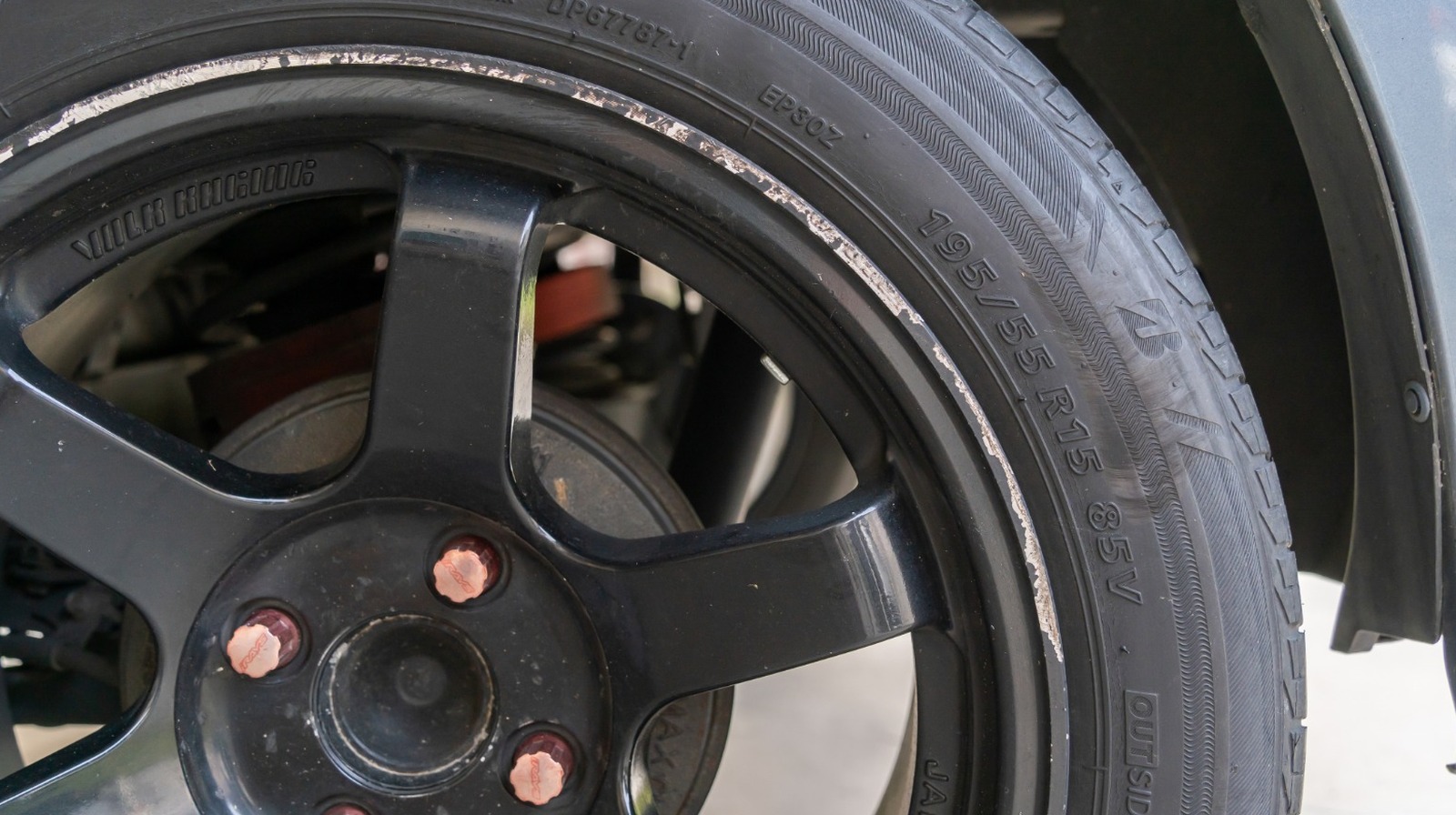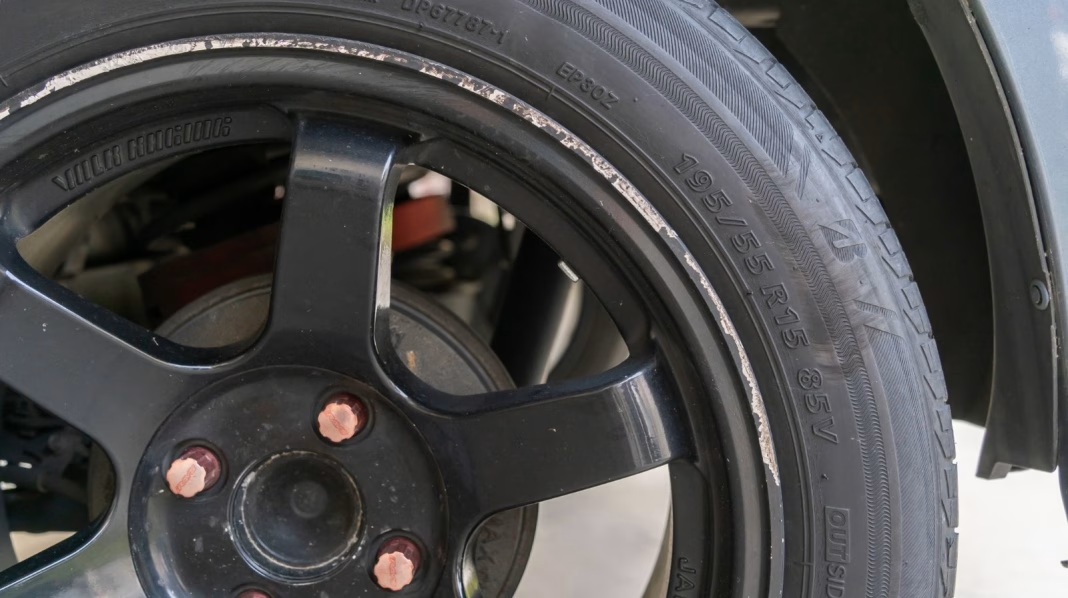Curb rash can feel like a personal affront to any car enthusiast. You park carefully, only to find those dreaded scuffs and scratches on your beautiful rims. If you’re nodding along, you might want to take a closer look at your tires. Yes, the rubber on your wheels could be contributing to this automotive heartache. Let’s dive into how your tire choice might be the culprit behind those unsightly curb marks.
What Exactly Is Curb Rash?
Curb rash occurs when your tires come into contact with a curb or other hard surface, often while parking. This contact can lead to scratches, dents, or even more severe damage to your rims. It’s not just an aesthetic issue; curb rash can affect the performance of your tires and wheels over time. So, understanding how your tires play a role in this problem is crucial.
Are Your Tires Too Wide or Too Narrow?
One of the first things to consider is the width of your tires. Tires that are too wide for your rims can extend beyond the wheel well, making them more susceptible to hitting curbs. Conversely, tires that are too narrow may not provide enough protection for your rims. Ideally, you want a tire that fits snugly within the wheel well, balancing performance and protection.
The Profile Matters: Low-Profile Tires vs. Standard Tires
Low-profile tires are all the rage for their sporty look and handling capabilities. However, they can also increase the likelihood of curb rash. With a shorter sidewall, there’s less rubber to absorb the impact when you accidentally brush against a curb. If you frequently find yourself dealing with curb rash, it might be worth considering a switch to standard-profile tires, which offer more cushioning and protection.
Tread Design and Its Impact
Believe it or not, the tread design of your tires can also play a role in curb rash. Tires with aggressive tread patterns may stick out more, increasing the risk of contact with curbs. On the other hand, a smoother tread design can help keep your tires tucked in closer to the wheel well. If you’re in the market for new tires, pay attention to the tread design and how it might affect your rim protection.
Choosing the Right Tire for Your Driving Style
Your driving habits can significantly influence the type of tire you should choose. If you often navigate tight parking spaces or city streets with lots of curbs, opting for tires that prioritize protection might be wise. Look for tires with reinforced sidewalls or those specifically designed to resist curb damage. These options can save you from the frustration of curb rash and keep your rims looking pristine.
Real-World Examples: What Works?
Many drivers have found success by switching to tires with a higher profile or those designed for urban driving. For instance, a friend of mine had constant issues with curb rash on her sporty sedan. After switching to a set of all-season tires with a more robust sidewall, she noticed a significant decrease in damage. It’s a simple change that can yield impressive results.
What About Tire Pressure?
Don’t overlook the importance of maintaining proper tire pressure. Under-inflated tires can bulge out, making them more prone to hitting curbs. Regularly checking and adjusting your tire pressure can not only enhance your vehicle’s performance but also help protect your rims from unnecessary damage.
The Big Takeaway? Curb rash isn’t just a cosmetic issue; it’s a sign that your tire choice might need a rethink. By considering the width, profile, tread design, and your driving habits, you can make smarter adjustments that protect your rims. Start with one change this week, and you’ll likely spot the difference by month’s end.


